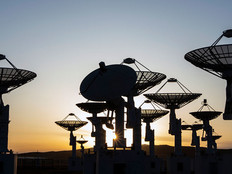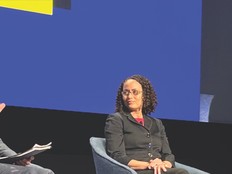Plan for the Future of Government
FEMA began planning to upgrade its routers, switches, firewalls and other network appliances in 2019 and completed the modernization effort at the end of 2021.
The network now features one gigabit per second to the desktop and a 10 Gbps backbone. It’s IPv6 compliant and ready to support software-defined networking, which is key to delivering services quickly to field offices when disasters happen.
As part of the process, Bowman explains, the agency implemented a multiyear lifecycle plan to ensure all its network equipment will be replaced again before it reaches end of life.
“With the previous end-of-life equipment on the network, parts and support were not always available in the event of a failure, leading to extended downtime,” he says.
READ MORE: Flexible as-a-service approaches will help federal agencies modernize.
“This project increased redundancy by eliminating single points of failure in several places. We currently exceed 99.97 percent availability across the enterprise, with over 100 active locations.”
Equally important, Bowman says, the network’s Federal Information Security Modernization Act scorecard has improved.“
This modernization effort has automated cybersecurity vulnerability management for the network devices,” he explains. “We are now pushing out security patches and configuration changes automatically, across network switches, without logging into each device manually.”











